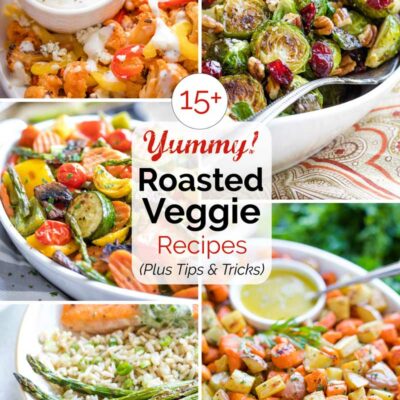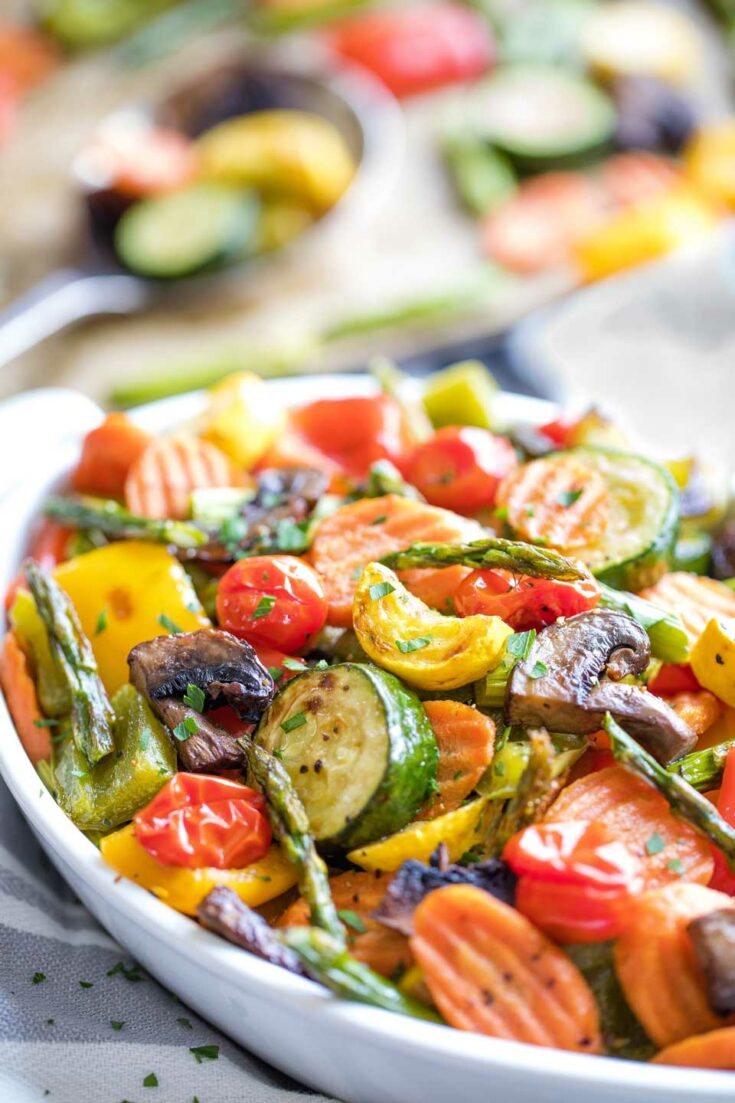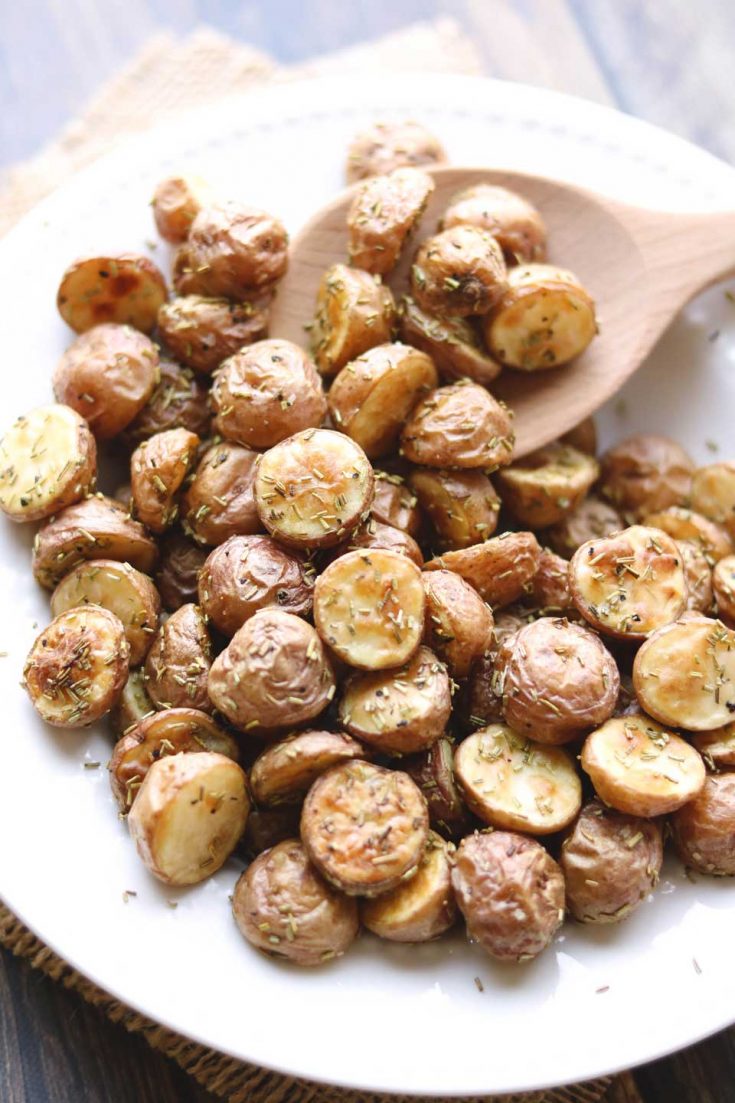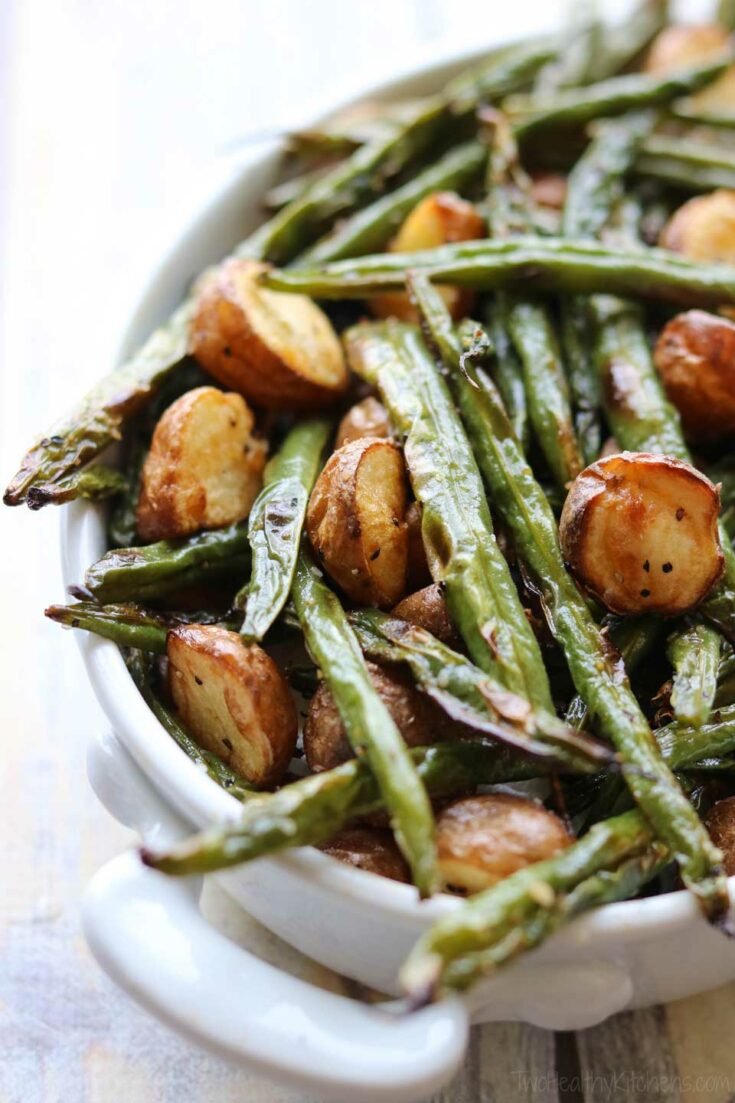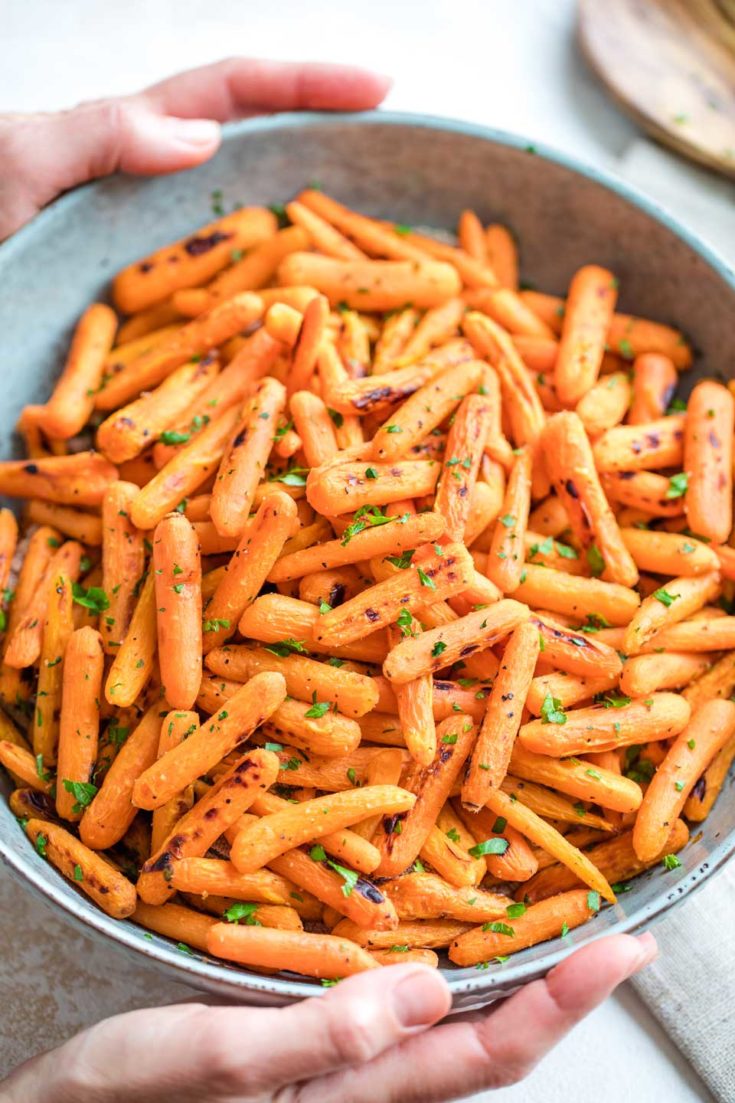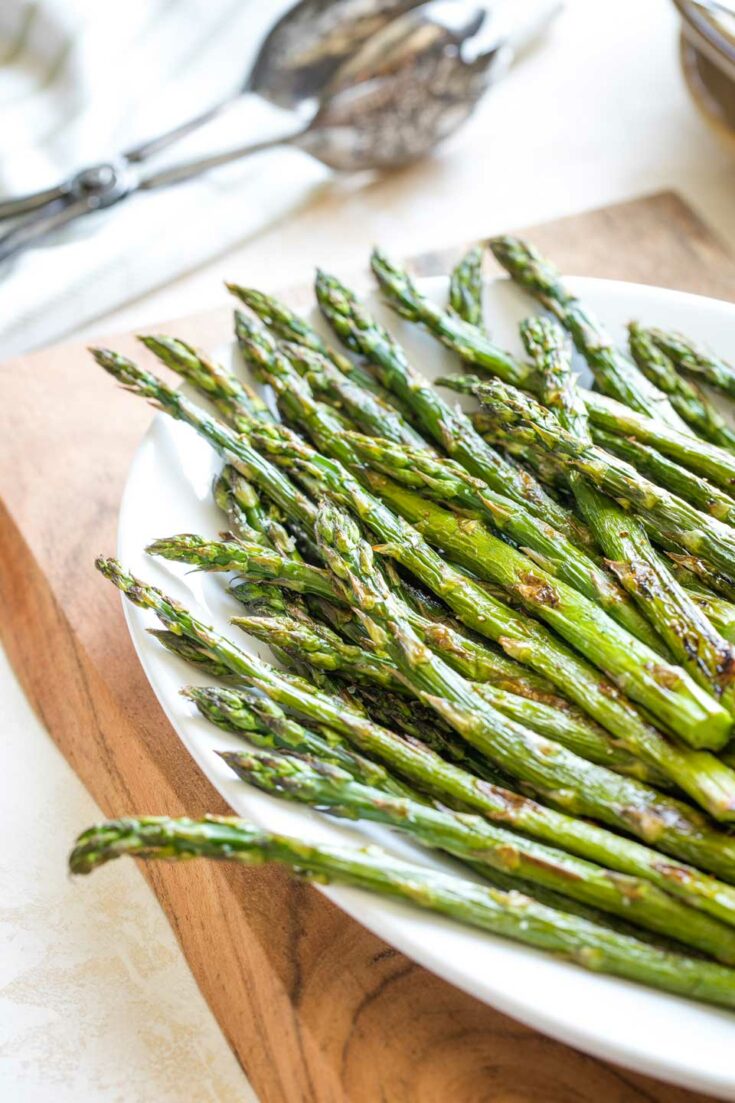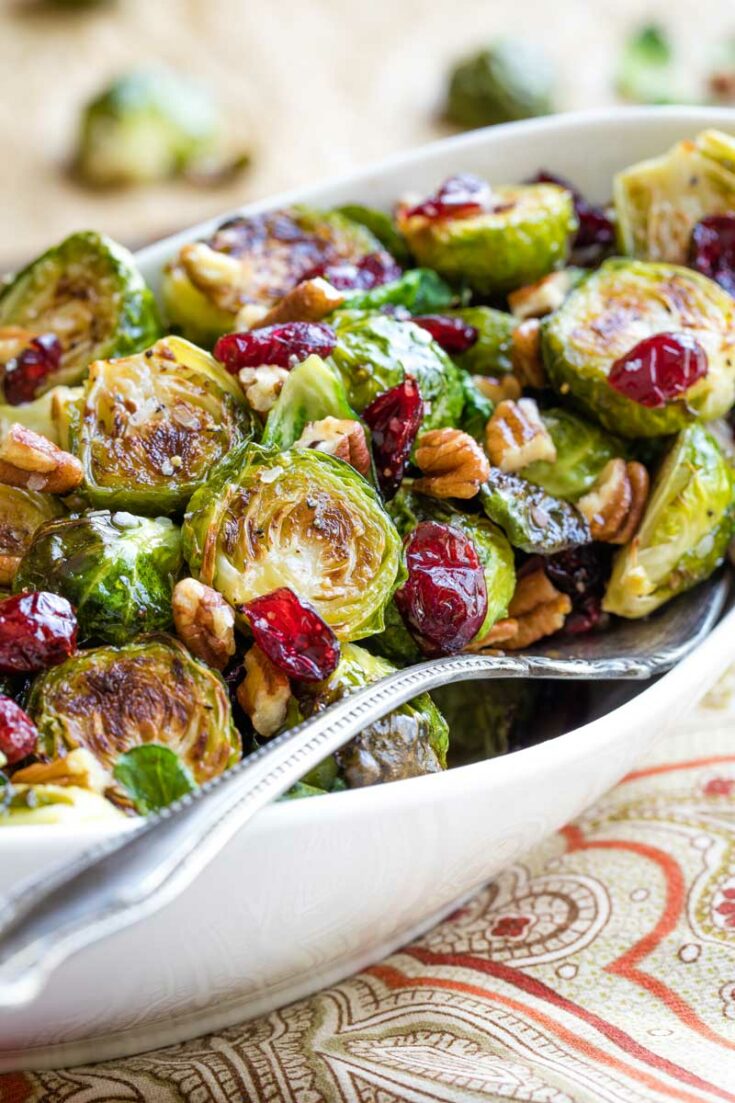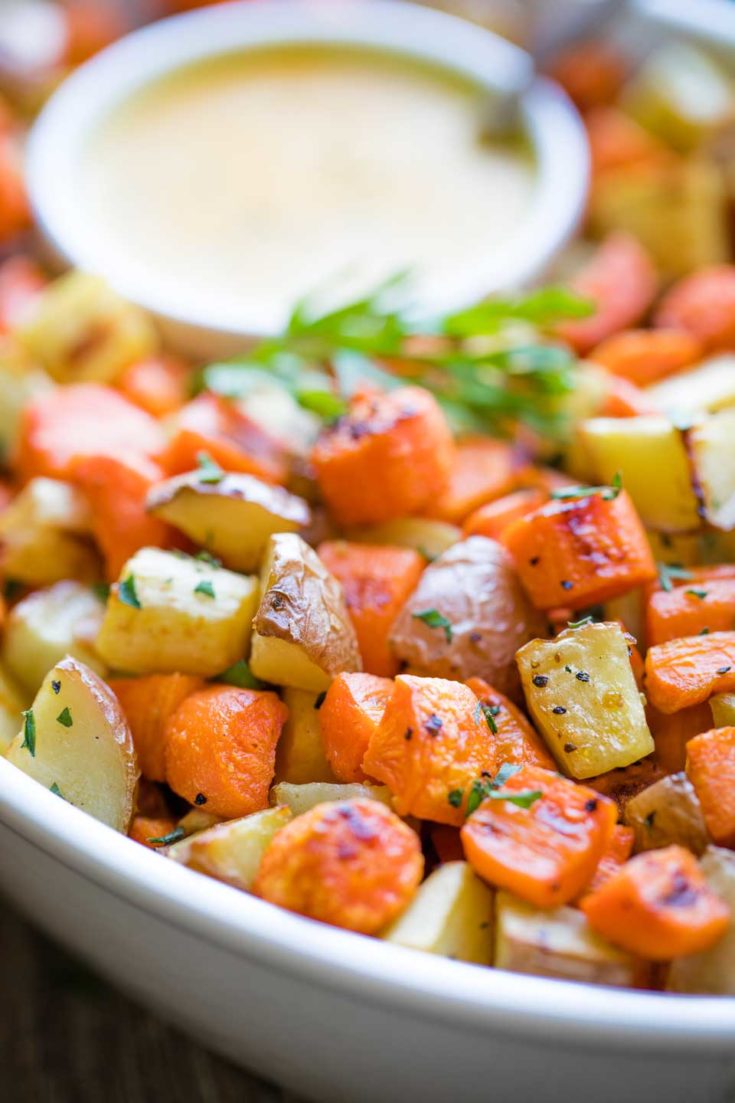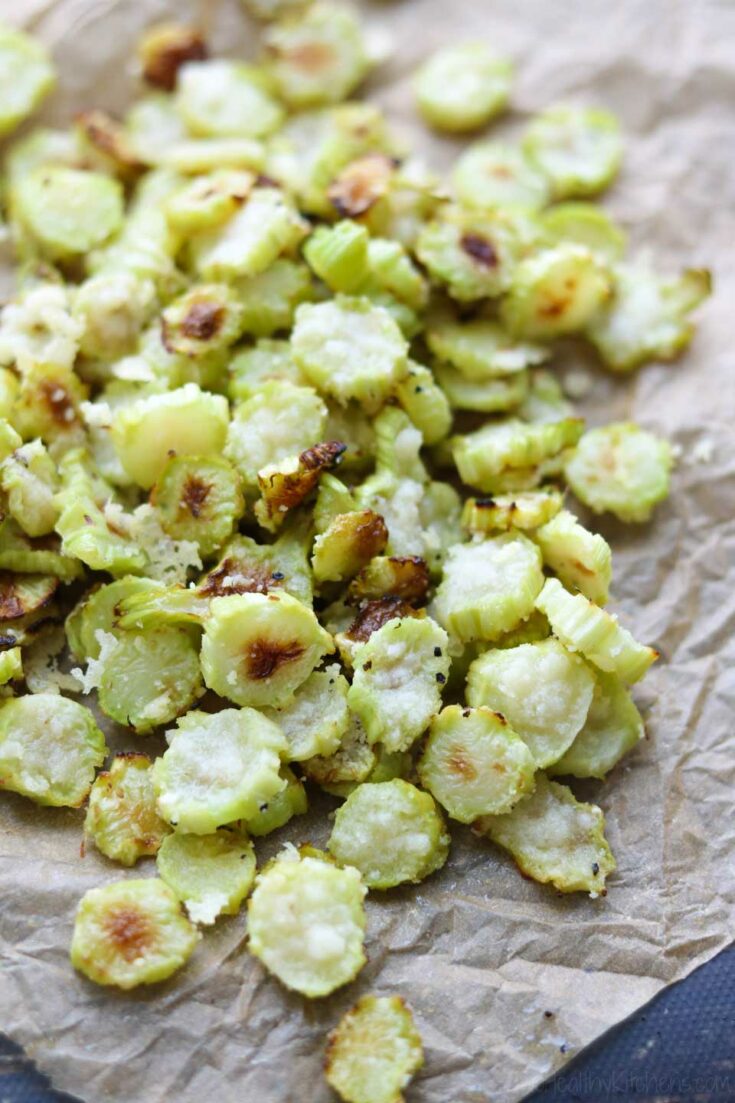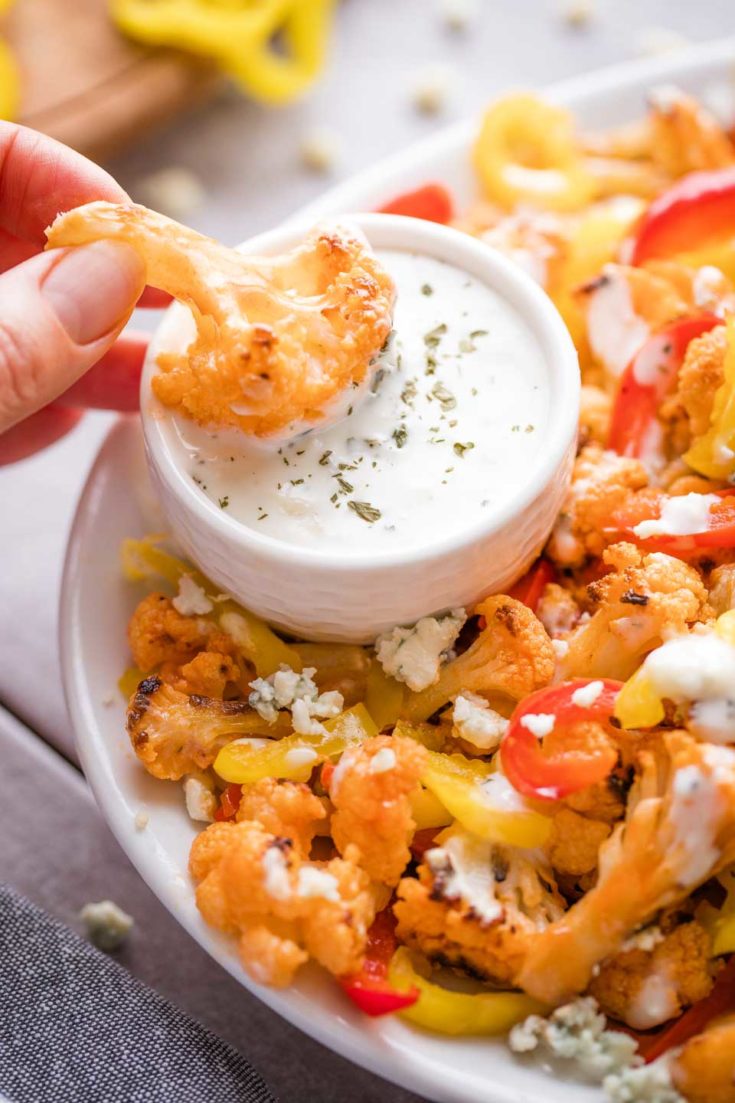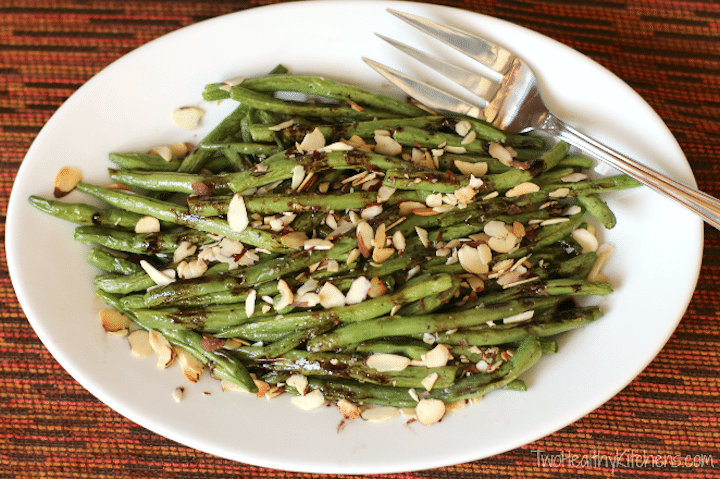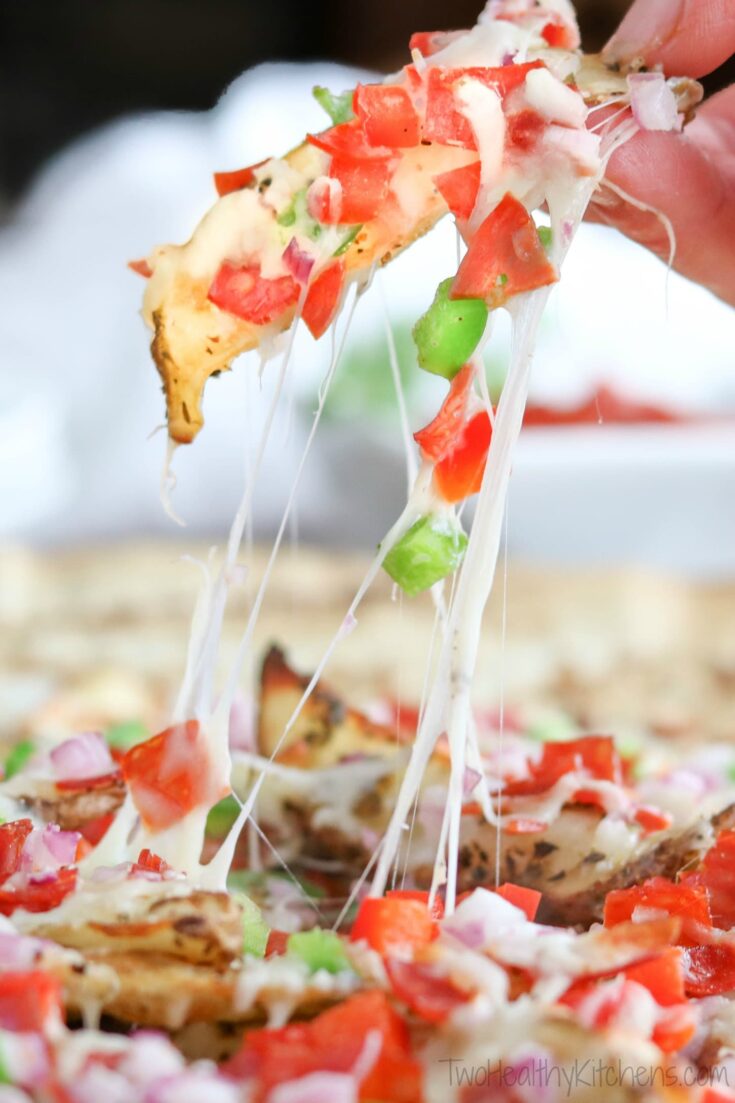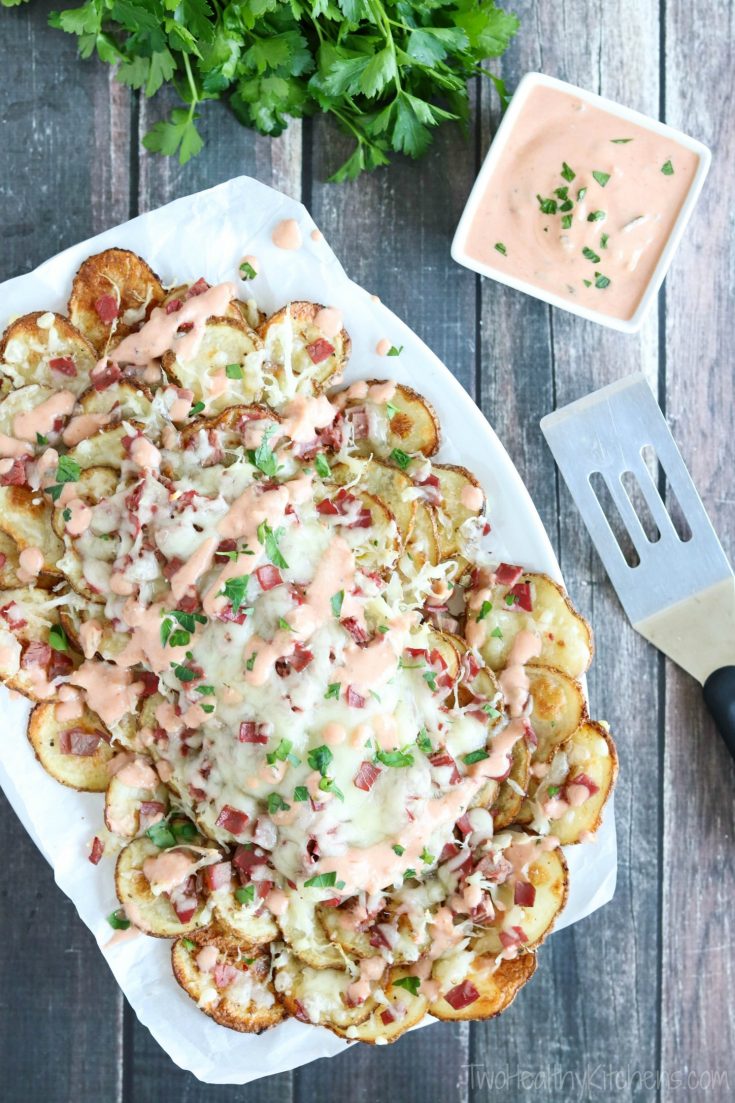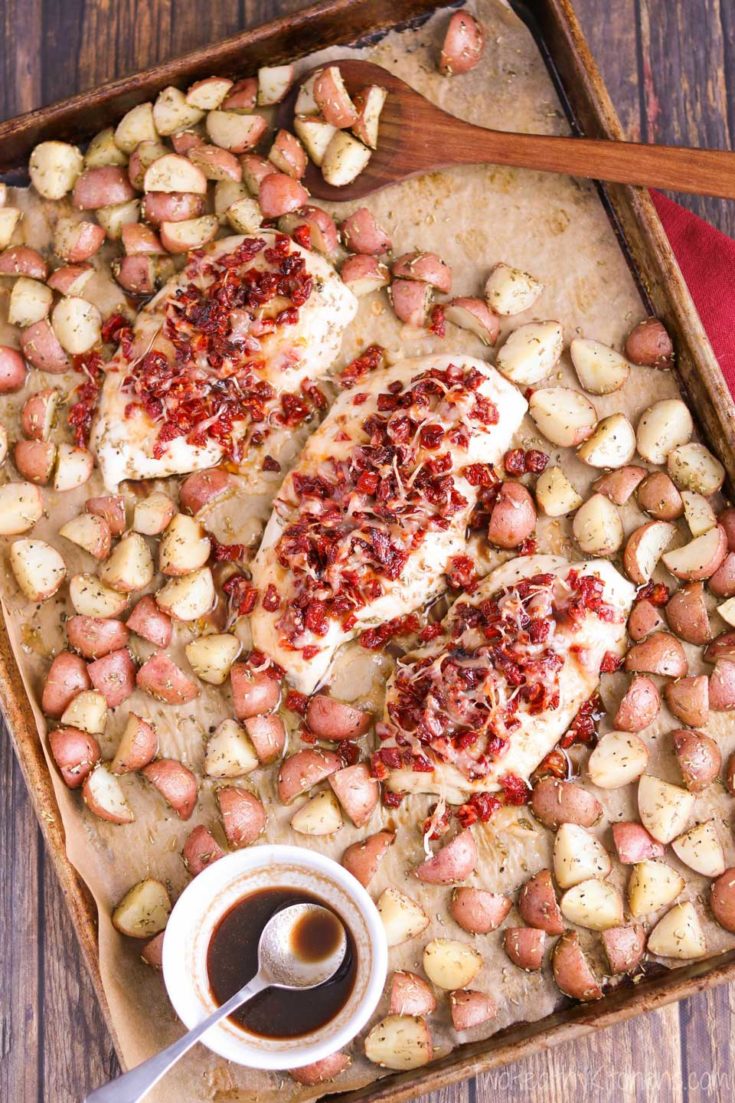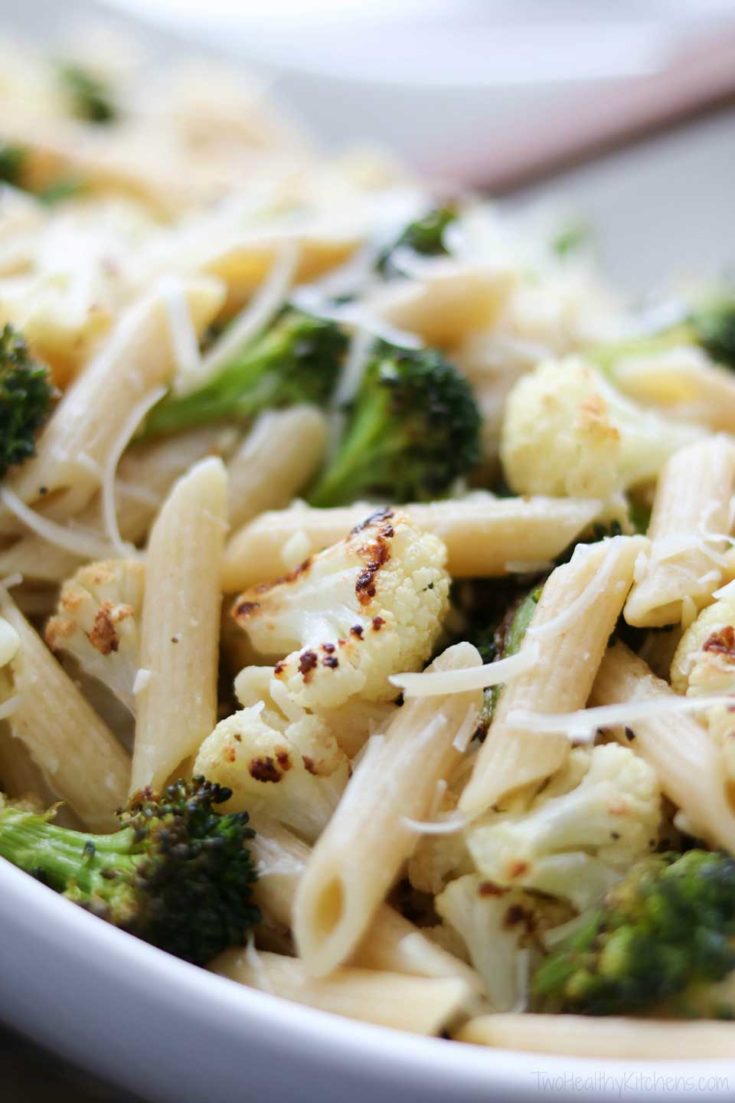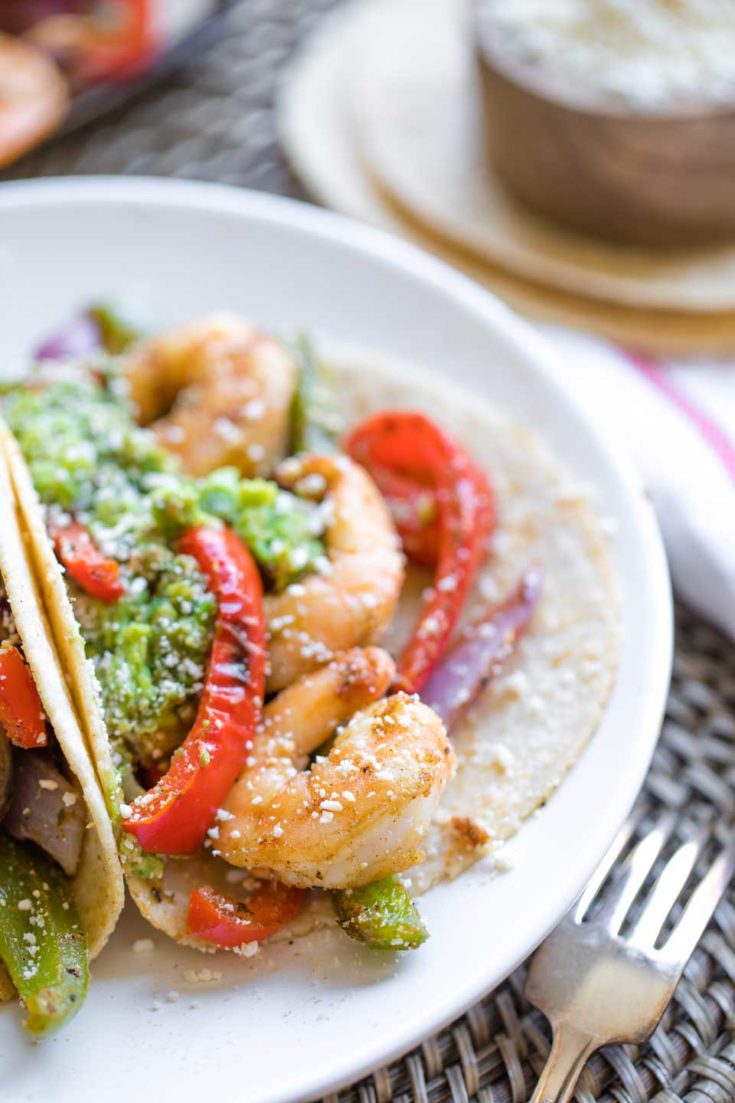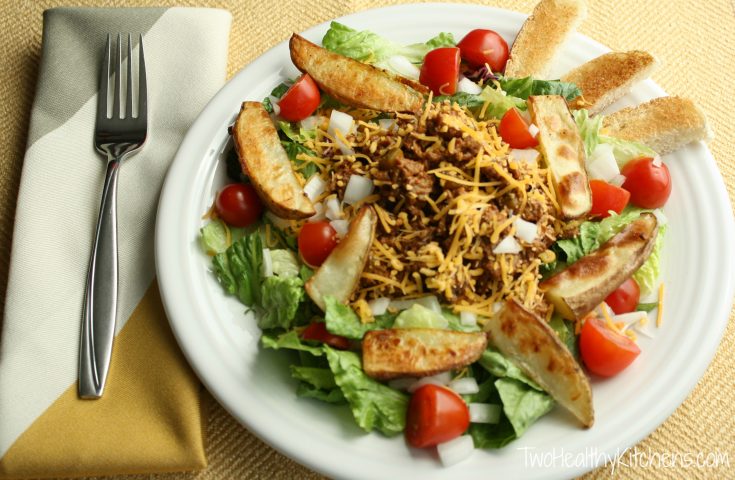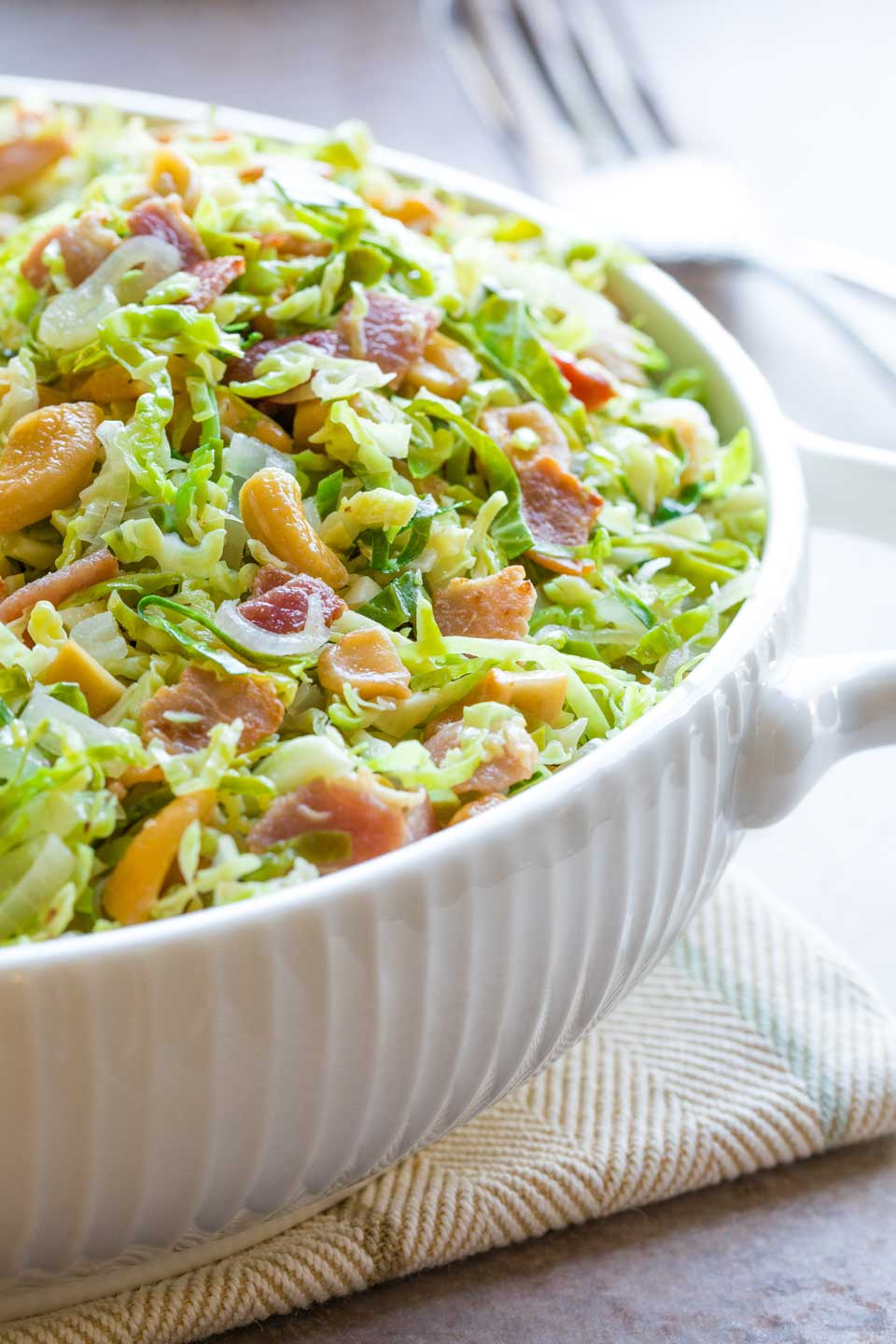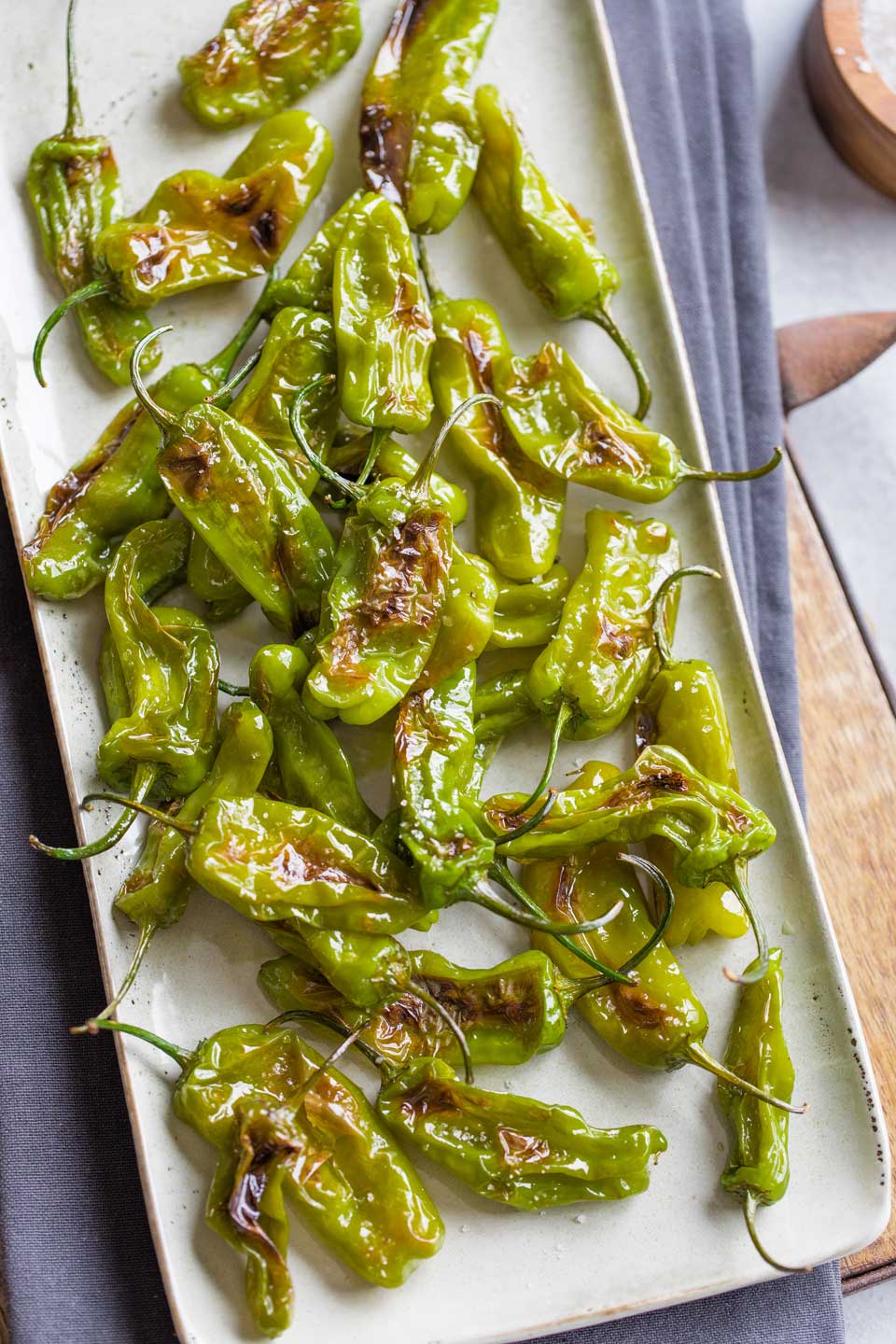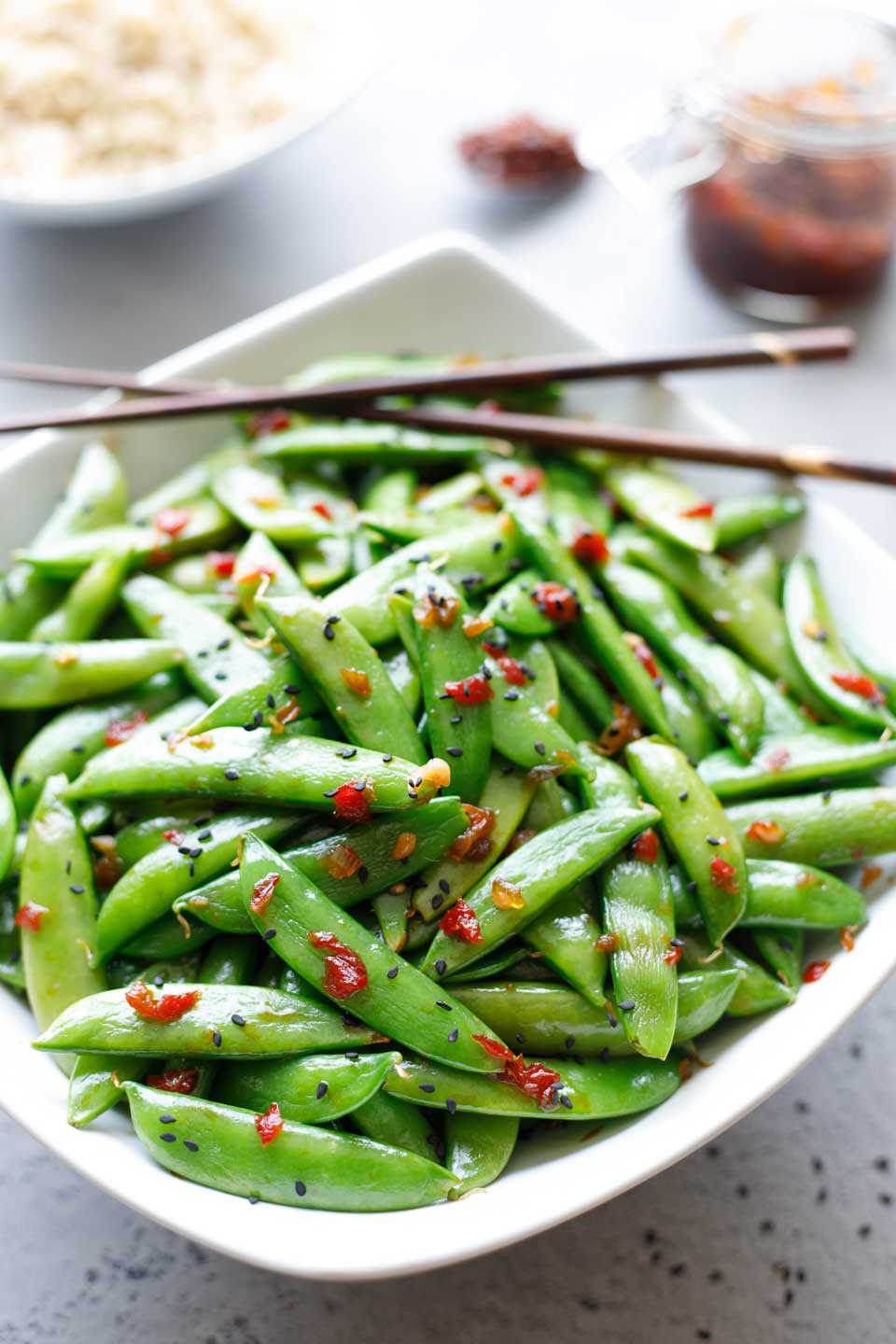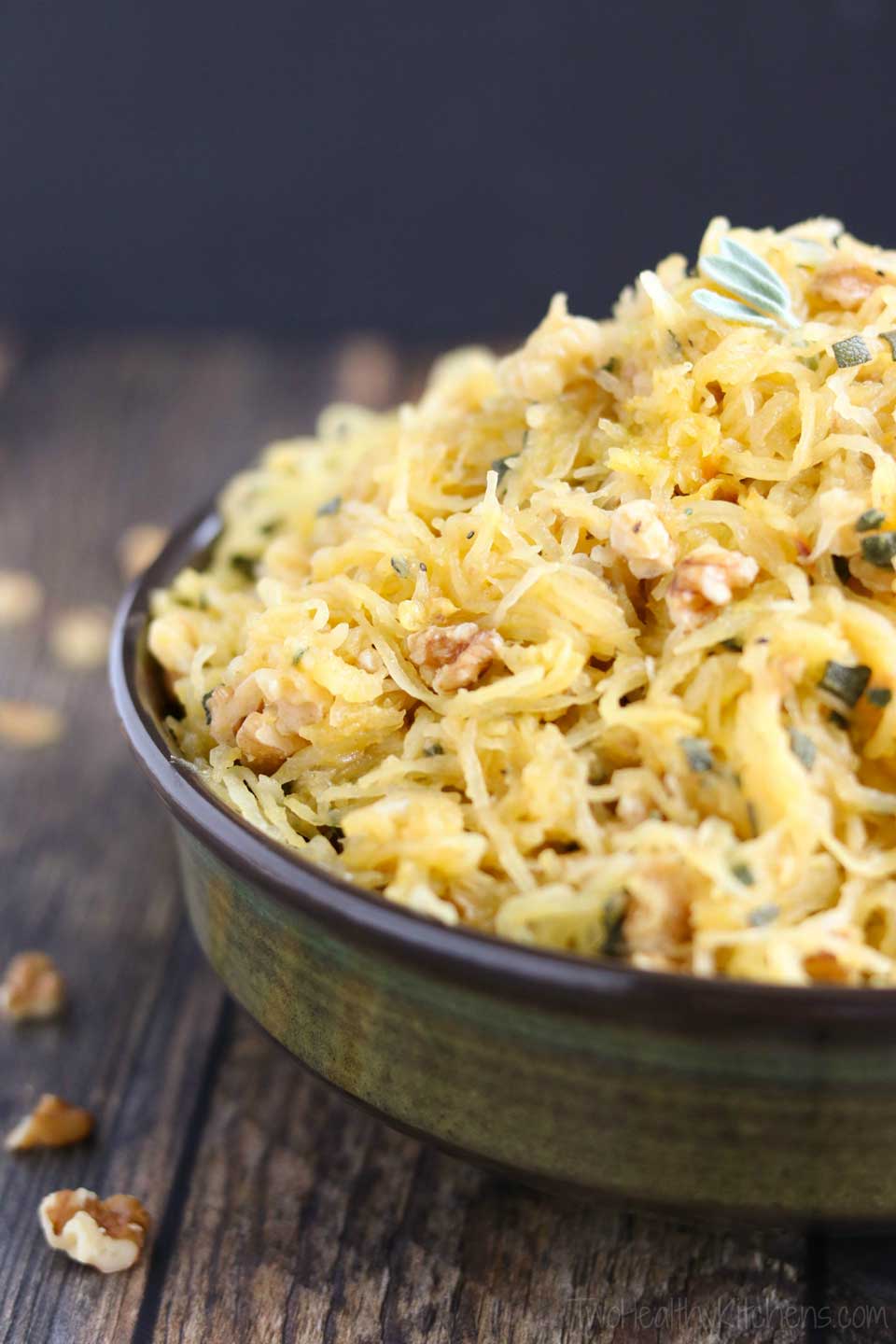16 Roasted Vegetables
~ Roasted Vegetables are an easy side dish solution, and so very flavorful. The caramelization that happens during the oven roasted cooking process yields sweeter, more complex veggies that even veggie-suspicious people can really embrace. We’ve got 16 delicious recipe ideas for you to try … from the very simplest of side dishes to holiday must-haves, and even veggie-filled main courses! ~
Most Recipes Are: Ready in 30 Minutes or Less • Vegan (and Vegetarian) • Gluten Free • Many Recipes Are Also: Paleo •
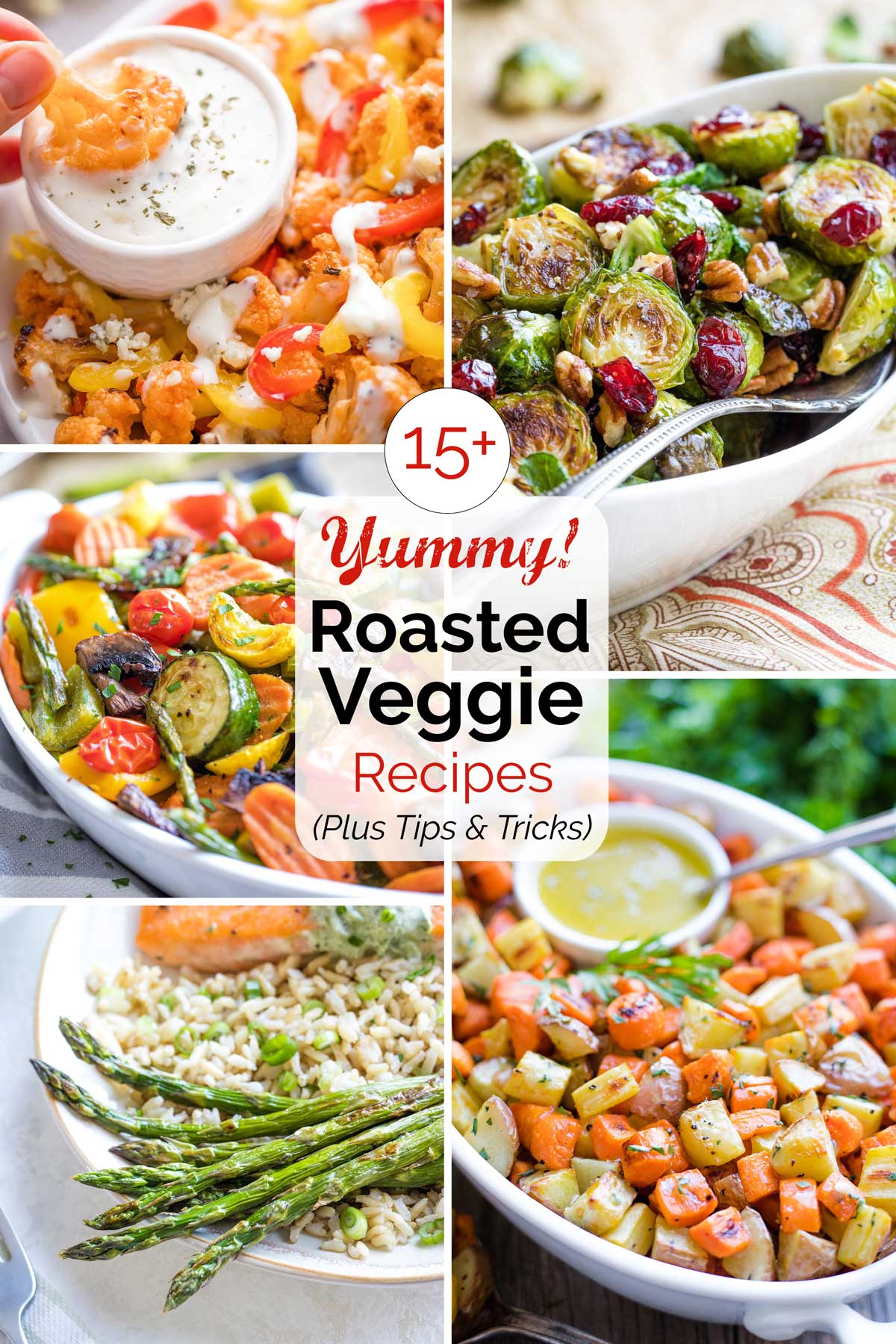
What turns even the humblest of vegetables into something about 1000x more delicious?
And what makes moms marvel, “My kids were literally fighting over the last piece of broccoli!” (YES, this actually happens!)
The answer is elegantly simple: Roasting!
Roasting is Vegetable Magic
If you hang around my website a lot, you know I like to call roasting “magic” for creating delicious vegetables that even kiddos love.
I’ve sworn by this magic for years.
And on plenty of occasions, I’ve overheard my mom-friends discussing how shockingly much their own kids adore roasted vegetables, too … how even their picky eaters fight over that last spear of oven roasted broccoli.
No doubt. This magic is real.
It’s all because of the caramelization that happens as those nice little toasty brown spots develop in your oven. That process equals big, delicious flavor. It transforms your vegetables into something altogether more complex and delicious than where the raw veggies began.
I Can Help You Make FANTASTIC Roasted Vegetables!
Oven roasting is pretty much my #1 most favorite way to make veggies.
I probably roast up some sort of vegetable at least once or twice each week. No kidding!
And, over the years, I’ve tried so many different ways of prepping, seasoning, and serving them.
I’ve learned a lot along the way. So, for sure … I’ve got oodles of tips, tricks, and suggestions to share with you!
From perfecting very simple recipes that basically require 1 main ingredient (you know … a vegetable!). To whipping up creative re-imaginings of everything from nachos to pizza fries. And even to making main dishes that beautifully showcase all the deep, satisfying flavors roasted vegetables have to offer.
First stop: check out the recipe ideas below. (Yum yum yum) And then: head further down, to the end of this post, for lots of common FAQs and tips for making perfect roasted vegetables!
16 Roasted Vegetable Recipes
Oven Roasted Vegetables Medley
This gorgeous, colorful mixture is one of the most versatile side dishes I know. It showcases a deliciously wide range of flavors and textures. And, pickier eaters can scoop up just the veggies they like best, so everybody at the table is happy (and you’re happy knowing you got some veggies in ’em)! It uses a lower-heat method than most of my roasted vegetable recipes, so everything finishes at the same time, without you having to babysit the process too much. Really easy ... with fantastic results!
Easy Rosemary Roasted Potatoes
These are an ideal side for everything from grilled burgers to dinner-party salmon. With just a few ingredients you can keep on hand in the pantry, these simple roasted potatoes are a snap to throw together anytime!
Blistered Green Beans
You basically need 1 ingredient for this recipe: green beans! But, although these beans are the ultimate in simplicity, they definitely don’t taste simple at all. You’ll be surprised how complex (and addictive) they are!
Oven Roasted Carrots
Another ultra-easy recipe, with just 1 main ingredient and 2 minutes of hands-on time! These carrots pair beautifully with practically any dinner. Try our creative suggestions to quickly adapt them to fit whatever main dish you're making!
Easy Oven Roasted Asparagus
You'll never be able to get very excited about plain-old steamed asparagus again. Roasting produces so much more deep, delicious flavor. In fact, I almost always make a double batch of this asparagus, because one just isn't enough. My whole family absolutely LOVES it!
Roasted Brussel Sprouts with Cranberries, Pecans and Hot Honey
Do you look forward to ordering Roasted Brussels Sprouts in restaurants? Good news: they’re super easy to make at home, too! I’ve got simple tips to make sure your sprouts roast up beautifully, every time. Toss in some cranberries, pecans, and a drizzle of sweet-and-spicy honey to make them completely irresistible! This recipe is a must-have at Thanksgiving and Christmas, but we adore it so much that I make it all year 'round, too.
Roasted Root Vegetables with Honey-Dijon Drizzle
Sweet carrots, nutty parsnips and fluffy red potatoes … all delectably elevated with quick, high-heat roasting. Ohhhhhh ... those yummy, toasty brown edges! The veggies are fantastic on their own – and even more wonderful with a little Honey-Dijon Drizzle to bring all the flavors together!
Parmesan Roasted Broccoli Stalks
These are so clever, and so surprisingly yummy! You'll never want to toss out your broccoli stalks anymore! They're full of nutrition and make a perfect little snack or side dish. Just roast them with a tiny bit of oil and seasonings, plus an alluring sprinkle of parmesan. Added Bonus: You get some really fun, random shapes for a lot of kid-appeal, to get your kiddos eating some more veggies!
LOADED Baked Buffalo Cauliflower Wings
Absolutely the very BEST Buffalo Cauliflower, piled sky-high with extra flavors. Even better? It’s so much healthier and takes just 5 minutes of prep work (with no messy batter). Try this recipe for a fun party snack or game day appetizer – or even as a side dish to pep up burgers and basic grilled meats.
Roasted Green Beans with Balsamic-Browned Butter
Your family will be licking the plate! Yes – it’s that good! This recipe maximizes big flavors from roasting the beans, and from just a little bit of indulgent browned butter. It's perfect when you’ve got a bumper crop of summer beans. And, you'll being saying good-bye to that gluggy, "traditional" green bean casserole ... these beans are a total Thanksgiving game-changer!
Cheesy Oven-Baked Pizza Fries
Mmmmmmm … Pizza Fries … without the guilt! Crispy, oven-roasted french fries are so easy to make, and always a total hit. In this recipe, we take those fries to whole new, glorious heights by loading them up with awesome, cheesy pizza flavors! Customize the toppings to suit your tastes and create your own masterpiece. (And be prepared to make a second batch, because these disappear FAST!)
Reuben-Topped Irish Nachos with Roasted Potatoes
Swap out the tortilla chips in typical nachos ... and replace them with crisp-tender slices of perfectly roasted potatoes. Then, dress 'em up with all the beloved fillings of a classic Reuben sandwich. Absolutely terrific for Super Bowl parties, game day noshing ... and (of course) for St. Patrick's Day, too!
Sheet Pan Chicken and Potatoes with Rosemary, Sun-Dried Tomatoes and Honey-Balsamic
This one-pan dinner is easy to make and easy to clean up, since the potatoes roast right along with the main dish, all on the same pan!
Roasted Broccoli and Cauliflower Pasta with Parmesan, Lemon and Garlic
The caramelized notes of oven-roasted cauliflower and broccoli make this easy pasta recipe deeply flavorful. Parmesan cheese, garlic and bright lemon juice are all you really need to round out the salty-umami-tangy symphony of tastes. It’s deceptively simple … just a few ingredients that add up to surprisingly big, big flavors! Plus, with all those roasted vegetables, it’s a meal-in-one with no veggie side dish needed – perfect for busy nights!
Sheet Pan Shrimp Fajitas
This restaurant-quality dinner will be on the table in just over 20 minutes! Mexican-spiced fajita veggies conveniently roast on the same baking sheet as the succulent shrimp. Really quick and easy, with minimal cleanup. And WOW – these are so, so good!
Cheeseburger Salad with Oven-Roasted Fries
This lightened-up Cheeseburger Salad recipe is an easy meal-in-one. A hearty main-dish salad with all the flavors of a big, juicy cheeseburger – and a side of crisp-tender, oven-roasted fries. It's healthy, fast, and oh-so-tasty! Plus, it can be mostly made ahead, to save your sanity on busy evenings!
Roasted Vegetables: FAQs & Tips
Roasting temperatures for vegetables can vary from about 350°F to 500°F, depending on the exact recipe and the type of veggies you’re roasting. It also can depend on the results you’re shooting for. Do you want soft, slow-roasted vegetables? If so, then you’ll want to roast at the cooler end of the temperature range. But (if you’re like me), you want veggies that still have a bit of texture, along with plenty of roasty-toasty, flavorful caramelized spots. In that case, you’ll want to roast in the higher heat range, above 400°F. My go-to temperature is usually 475°F.
To roast vegetables, the general steps are:
1) Cut the vegetables into similar sizes and shapes, so they roast uniformly, and make sure they’re patted dry, if needed (so they roast instead of steam).
2) Toss the veggies with a little oil and your seasonings (typically at least salt and pepper, but this can include all sorts of other dried herbs and spices, too).
3) Spread the vegetables out in a single layer on a baking sheet, so they’re not piled on top of each other.
4) Flip the vegetables once during the roasting process.
5) Serve with any sauces, drizzles or fresh herbs you desire.
You will almost always want to stir or flip vegetables once during the roasting process, about halfway through. This increases the number of surfaces that will develop those deliciously golden brown, caramelized spots. One exception: I don’t bother to flip asparagus.
Large cookie sheets or sheet pans are ideal for roasting vegetables. For the best results, you want to choose large pans (again, like cookie sheets) so the vegetables can be spread apart. If the vegetables are crowded together or piled on top of each other, they’ll tend to steam more than really roast, and they won’t be able to develop the caramelized bits that make roasted veggies so delicious.
Always roast vegetables uncovered. If you cover them, moisture will be trapped inside and the vegetables will end up being mushier and they won’t properly caramelize and brown.
Yes, it’s best to season roasted vegetables with at least salt and pepper before roasting. Additionally, you can also toss them with other dried spices and seasonings, before they go in the oven. After roasting, you can always add a pinch more seasoning if it’s needed. And, any fresh herbs should be added after roasting (not before).
There are pluses and minuses to roasting vegetables on parchment paper. The biggest benefit of using parchment is the easy cleanup. Some people feel you get even better caramelization if you roast directly on the baking sheet itself (especially one that’s been pre-heated, along with the oven). But, I find that I can strike a perfect balance by roasting at a high heat (usually 475°F) for good caramelization while doing so on parchment (so cleanup’s a breeze).
There are several keys to ensuring that oven roasted vegetables are tender but not soggy.
1) Be sure they’re not wet. Pat them dry if needed. This will help to prevent them from actually steaming, more than roasting.
2) Use a little oil, but not too much. You’re shooting for all the vegetables to have a thin slick of oil all over the outside. But it’s important to avoid drowning the veggies in excessive puddles of oil.
3) Be sure the vegetables are spread out on the pan, and not clustered together or piled on top of each other. Again, this is to prevent steaming and promote good browning. Use a second baking sheet if you need to.
4) Roast at a higher heat. (I generally suggest 475°F.) This will help the vegetables to develop caramelized spots more quickly, before the interiors are completely overcooked and mushy.
It’s all about the caramelization, which happens during roasting as the sugar in the vegetables (yep … vegetables DO have sugars) are heated to a point where their colors and flavors are changed (deliciously). As Bon Appétit so perfectly explains, “When sugars caramelize, they develop nuttiness, bitterness, toastiness, and even a little bit of buttery creaminess.” Yeah … YUM!

~ by Shelley

